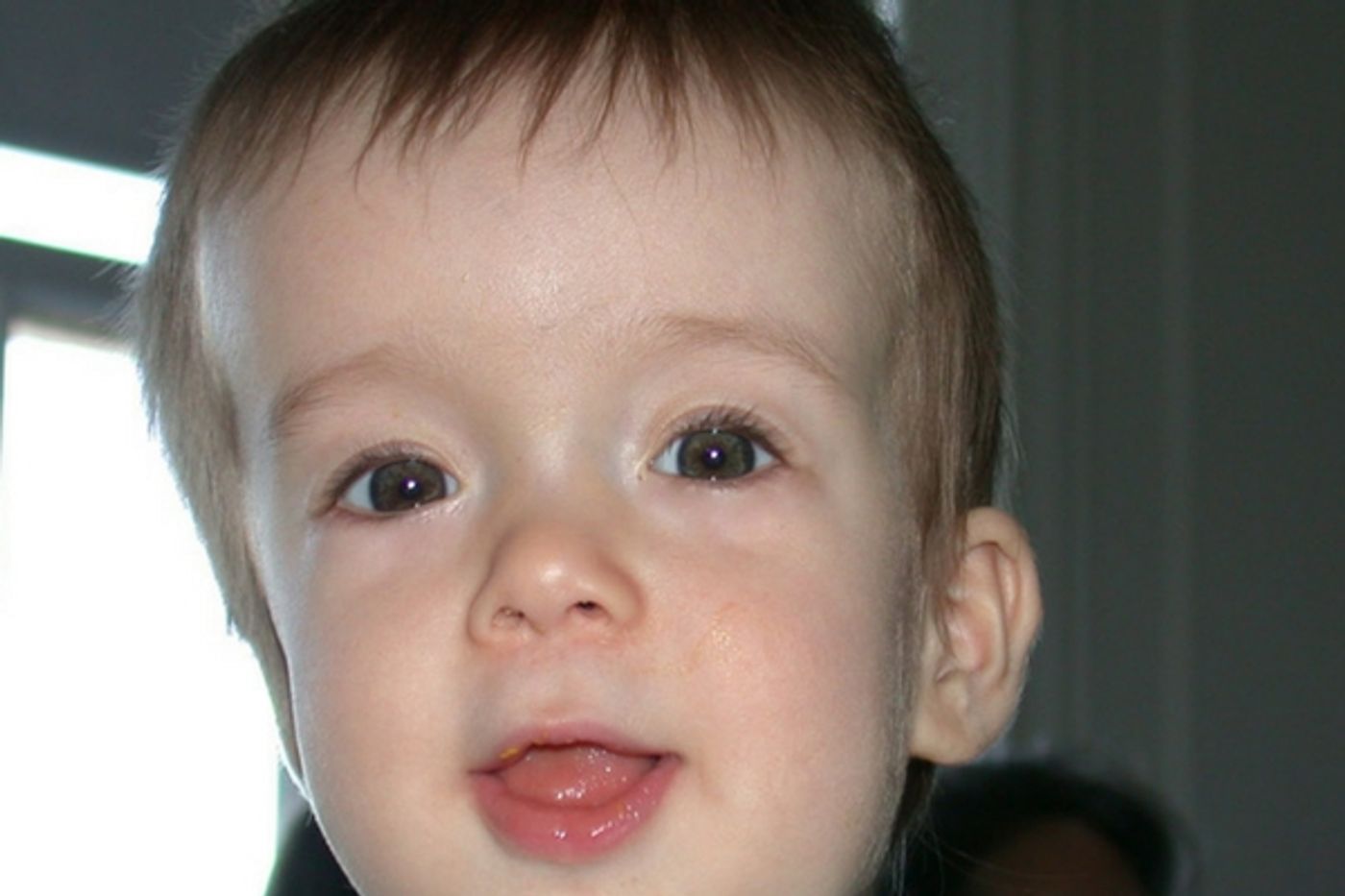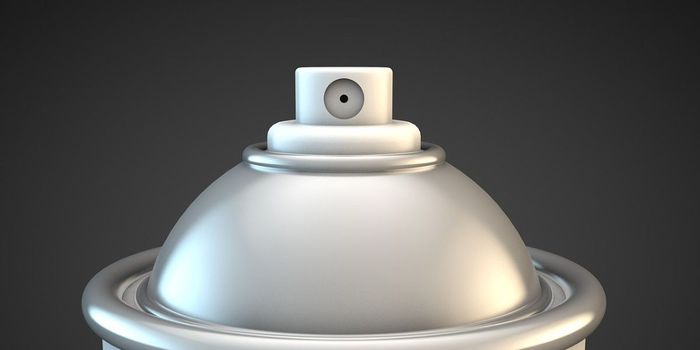When a baby is first born, the skull is comprised of a few bone plates that gradually come together. As the child grows, the plates fuse together at the top of the head and a single bony structure, the cranium, is created. When this growth process doesn’t go as planned, it can be a problem. About one in 2,000 children experience bone fusion in the skull that happens too early. This is called craniosynostosis . It can cause skull deformities that can lead to learning impairments and other neurological and developmental issues
Surgery can correct the bones that fuse improperly, but knowing when to recommend surgery and when to wait is a matter of some controversy among craniofacial surgeons. New research from the University of Missouri School of Medicine about a way to measure the skull could help surgeons and patients know more and make a better decision on surgery for craniosynostosis.
Arshad Muzaffar, MD, professor in the Division of Plastic Surgery at the MU School of Medicine and senior author of the study on skull deformities said, "Children with a condition known as metopic craniosynostosis develop a vertical ridge in their foreheads due to a premature fusing of the cranium’s frontal bones. This can create increased pressure on the brain that can lead to neurodevelopmental disorders and learning problems. However, depending on the severity of the skull abnormality, recommendations on when to surgically intervene vary among craniofacial surgeons. At MU, we take a multidisciplinary approach that incorporates a measurement known as ‘cephalic width-intercoronal distance ratio.’"
104 infants diagnosed with metopic craniosynostosis and who received CT scans at MU between 2006 and 2012 were included in the study. The researchers divided the group into those who had been advised to have surgery and those who were in the category of “wait and see.” The size and development of the children’s skulls were recorded using standard measurements. In addition to the normal measurements taken, doctors looked at the “cephalic width-intercoronal distance” ratio. This measurement is a comparison between the width of the skull in the front and the back. Ratios above a certain value indicate surgery is the best option.
Muzaffar said that while the new measurement of the cephalic width-intercoronal distance is a valuable addition to the evaluation process for children with craniosynostosis it should not be viewed as a litmus test for surgical intervention. It’s a new piece of information that must be considered alongside other factors. In some cases of craniosynostosis, the frontal bone fusion is not as severe as in other patients and that’s why a ratio is a better tool for evaluation, since it compares the frontal bones with other parts of the skull.
The study, "Evaluating Children with Metopic Craniosynostosis: The Cephalic Width-Intercoronal Distance Ratio" was published in The Cleft Palate-Craniofacial Journal. The video below explains craniosynostosis and what doctors and parents should look for.
Sources:
University of Missouri School of Medicine,
The Cleft Palate Craniofacial Journal
Craniosynostosis.net









